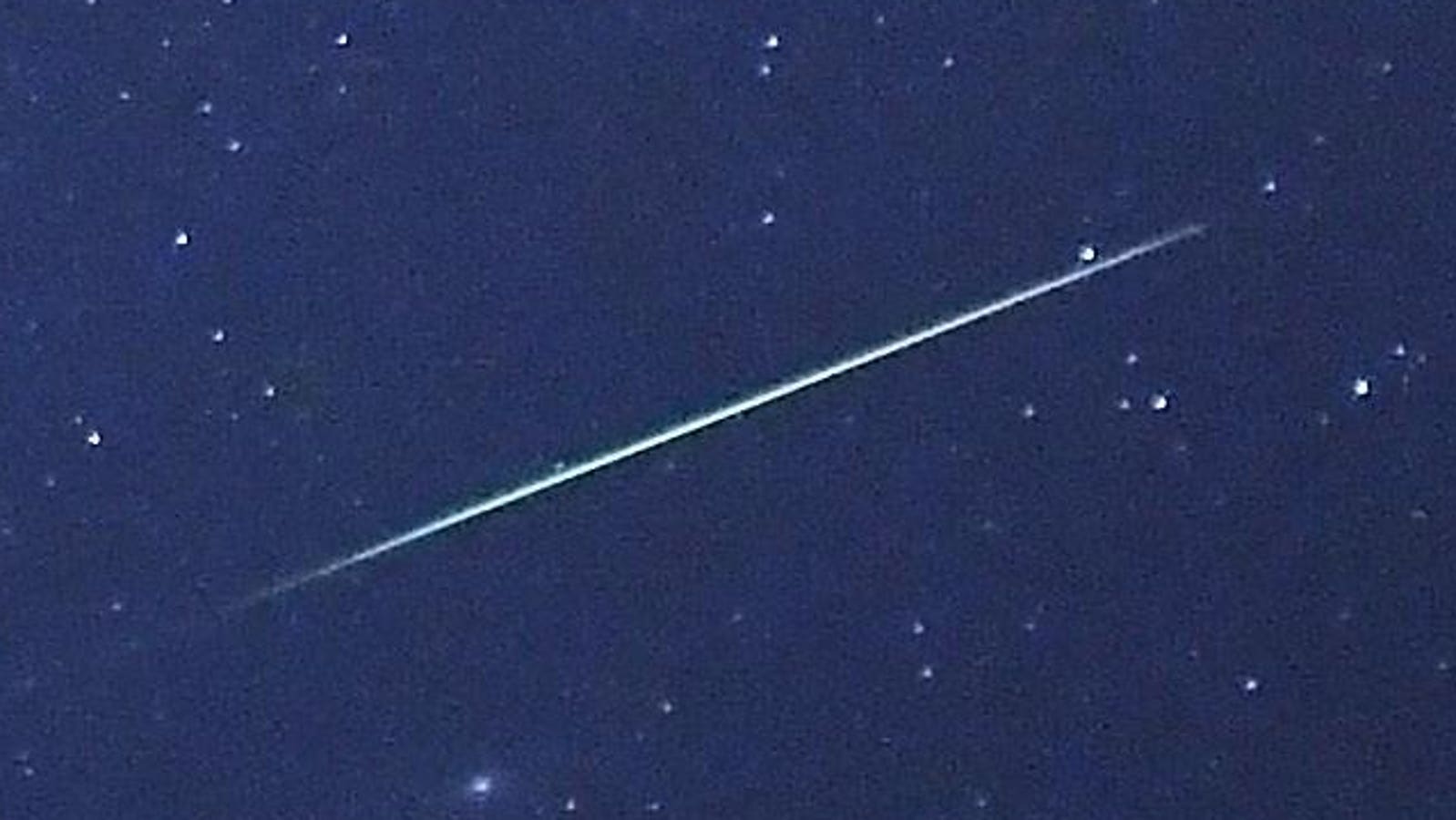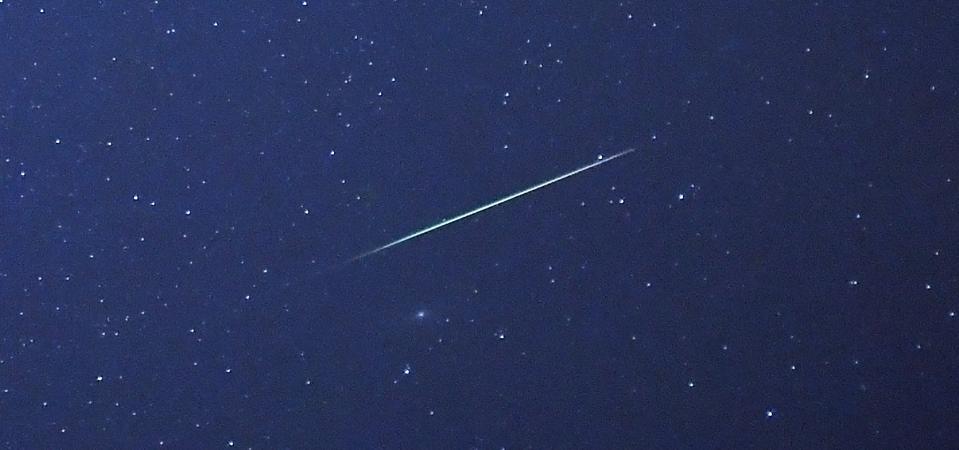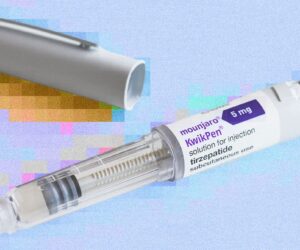A falling star crosses the night sky over Halle / Saale, eastern Germany, during the peak in … More
The annual Perseid meteor shower is a highlight of the astronomical calendar. Its peak is still a few weeks away, but it began earlier this week — and so did a slew of poorly researched articles advising when to watch it. What almost no one else seems to realize is that this year, the normally prolific Perseids will generally disappoint because the peak rates of “shooting stars” on Aug. 12-13 will occur in a night sky bleached by a near-full moon.
Happily, all is not lost. Here’s how and when to watch the Perseid meteor shower in 2025 — including what experts think is the best time to get a glimpse of it, despite the harsh sky conditions.
The Problem With The Perseid Meteor Shower In 2025
The Perseids can produce about 75 “shooting stars” per hour on its peak night, but only in a dark sky. This year, under clear, dark skies with a wide-open view, observers might spot far fewer. “I’d expect a typical person with a clear view of the full sky to be able to see somewhere in the ballpark of five to 10 meteors per hour during the night of August 12-13,” said Dr. Qicheng Zhang, astronomer at Lowell Observatory in Flagstaff, Arizona, in an email.
That’s how huge impact of a bright gibbous moon is. It will be about 84%-lit and rise just as it starts to get dark.
Why You Shouldn’t Wait For The Perseid To Peak
Although Aug. 12-13 is the peak night, meteors may be more easily visible on nights both before and after, when sky conditions are better.
For example, this Thursday there’s a New Moon, which occurs when our natural satellite is roughly between the Earth and the sun. That means it’s invisible, leaving the night skies dark all night all of this week.
Anytime after dark this week is therefore a great opportunity for viewing the Perseid meteor shower — especially with the Southern Delta Aquariid meteor shower peaking on July 29/30 — though expect rates of “shooting stars” to be relatively low. “A few meteors might be visible in the early morning on the first couple of days [of August]
from the Southern Delta Aquariids,” said Zhang.
How And Where To See ‘Shooting Stars’
The advice for meteor showers is simple — get far from light pollution. If you intend to go looking for Perseids this week, or after the peak has passed, seeking out dark skies is essential. Aim for a wide, open space with minimal haze and obstructions to catch as many meteors as possible.
However, for the peak night on Aug. 12-13 for the Perseids this year, that’s not helpful advice. Even if you get as far from artificial lighting as possible on that peak night, you’ll still find yourself under a sky similar to that of a city.
Why You Need To Be Patient
Seeing a meteor shower successfully means being patient. It also means not looking at a smartphone, whose white light instantly kills night vision. Add the worsening problem of light pollution, and it’s easy to see why almost nobody ever sees “shooting stars” these days.
“As with most annual meteor showers, observing meteors takes a lot of patience, and it may take watching for an hour or more to see a handful of meteors,” said Zhang. Also, any strong and sudden outbursts in meteor activity — which are hard to predict, but possible — may last only a few hours. “Because they’re unpredictable in time, they require either a lot of luck or watching for many hours to have a reasonable chance of catching,” said Zhang.
Wishing you clear skies and wide eyes.









